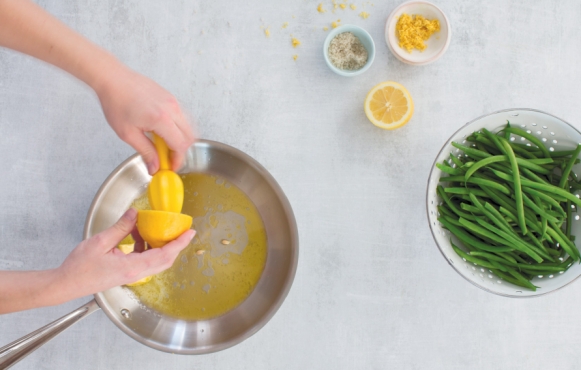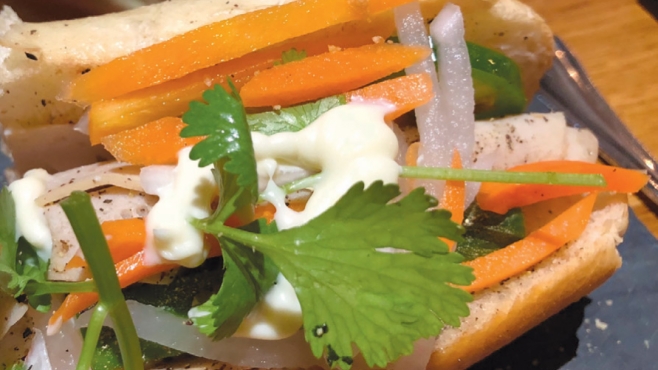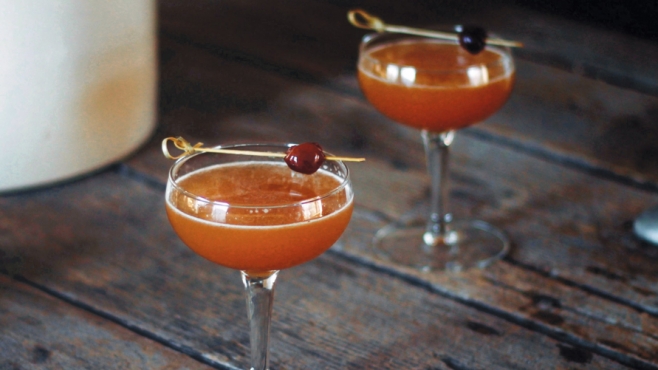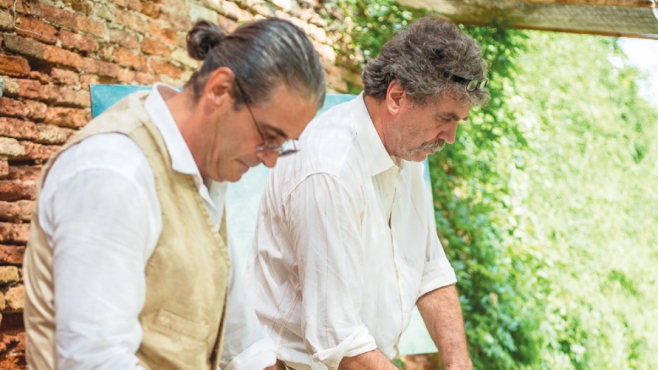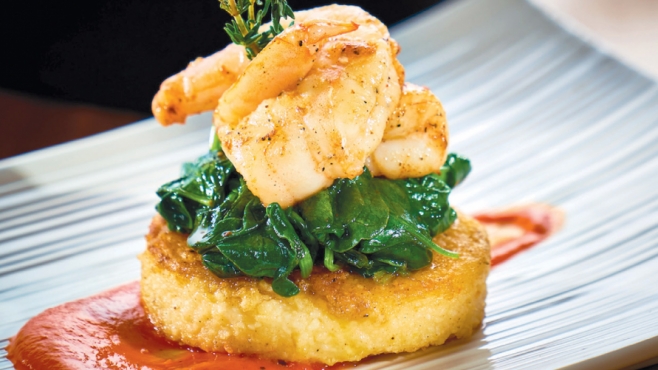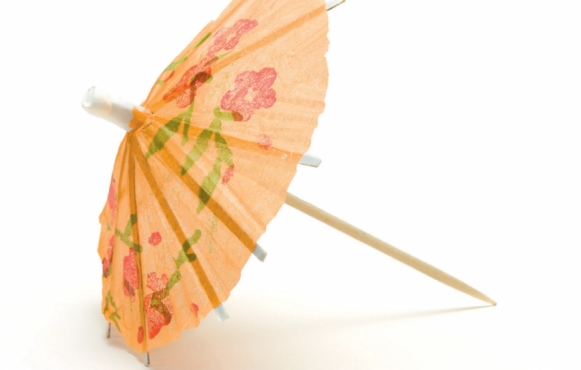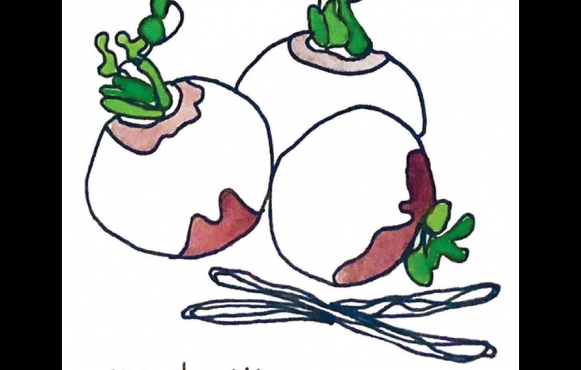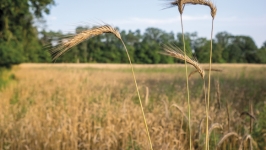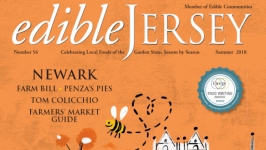Winter 2019 Issue
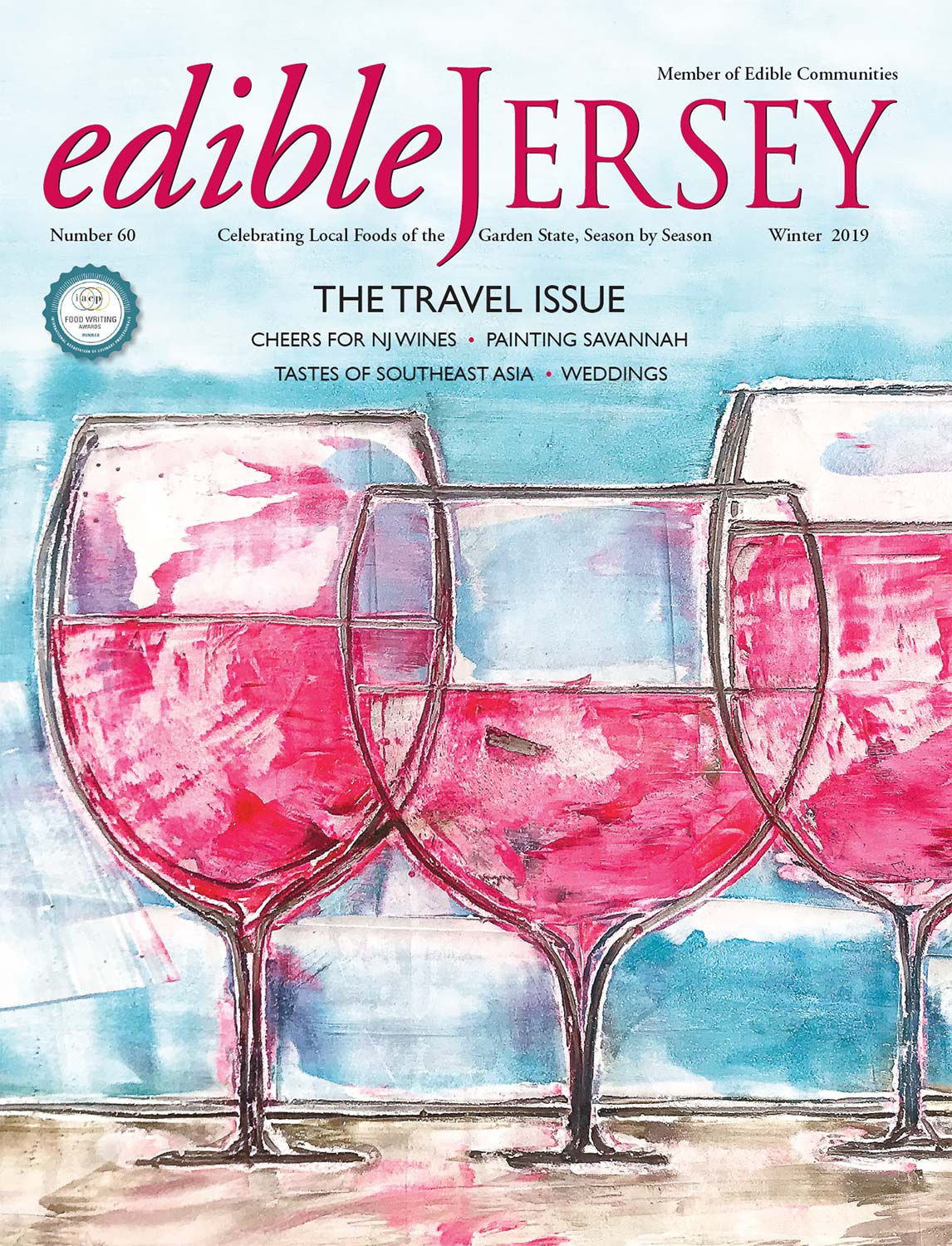 OF TRAVEL & HOME
OF TRAVEL & HOME
In the winter months, the street vendors of Rome, bundled against the chill, hawk roasted chestnuts. Their blunt, gravelly solicitations sound the same as the solicitations from the bundled street vendors in New York. For a minute, you forget where you are.
In Florence, should you stop by the impossibly elegant yet surprisingly egalitarian Café Gilli for a quick espresso, which is served with a silver espresso spoon, you’ll want to take note of a particular treat among the gilded display of complex pastries behind the glass, the marron glace. It’s a candied chestnut, popular in Italy and France, earthy and sticky weet, a humble ingredient made extravagant thanks to sugar and patience.
In Turkey, exceptionally plump chestnuts grow in and around the city of Bursa, which is one reason it’s known as the candied chestnut capital of the word. In this country, the treats are called kestane ṣekeri, and have been around since the 1300s.
In the States, the American chestnut tree was once considered the greatest in the world, the perfect tree. The American chestnut was central to the economy of the East, with rot-resistant wood that was ideal for log cabins, furniture, fence posts and railroad ties, and nuts that fed an ecosystem of birds and animals. But in the early 1900s, the tree was hit by chestnut blight. Historians believe the fungus was introduced by trees imported from Japan. The American chestnut, which had survived for 40 million years, disappeared within 40.
It seems you could travel the world on the story of chestnuts alone.
This issue, our Travel issue, Lauren Johnson writes about chestnuts (page 10), which in New Jersey are making a comeback. We write also about Italy, via Savannah, in a story of two Italian artists and a collaboration of culture and art (page 42). Award-winning author Vincent Czyz, who spent nine years in Turkey, writes about Akdamar Island and the joys of a simple breakfast (page 12). And Anthony Ewing writes about street vendors, sharing an unforgettable family excursion to Vietnam and Cambodia (page 24).
We also bring home these travel stories. You’ll learn where to find inventive Southern food (page 48) and authentic Vietnamese cuisine (page 30) in the Garden State. And, for everyone who likes to document their adventures, we offer insider’s advice from food photographer Guy Ambrosino (page 16). Tammy Paolino expresses eloquently the yin and yang of travel and home in her poem, Gourmet Dinners (page 56).
 New Jerseyans are global citizens. As Ewing reported in our previous issue, one in five New Jerseyans is foreign-born. Even that tired state joke—What Exit?—suggests a shared restlessness and sense of adventure. Indeed, it’s just those characteristics that bring us to a significant announcement: the national recognition of Jersey wines (page 20) and a pledge by the state’s First Lady to serve only Jersey wines at the governor’s mansion. Jenn Hall reports on her exclusive interview with Tammy Murphy, and notes that the unequivocal success story of the NJ wine industry is thanks, of course, to years of hard work.
New Jerseyans are global citizens. As Ewing reported in our previous issue, one in five New Jerseyans is foreign-born. Even that tired state joke—What Exit?—suggests a shared restlessness and sense of adventure. Indeed, it’s just those characteristics that bring us to a significant announcement: the national recognition of Jersey wines (page 20) and a pledge by the state’s First Lady to serve only Jersey wines at the governor’s mansion. Jenn Hall reports on her exclusive interview with Tammy Murphy, and notes that the unequivocal success story of the NJ wine industry is thanks, of course, to years of hard work.
Yet in many cases, it’s also thanks to a group of curious young winemakers who have traveled the world to research the industry and learn from the masters.
Wine is nothing if not an expression of place. But a great wine also transcends, illuminates. So too, travel. Exotic adventures always bring us home, reminding us of our deep, ancient connections.
WINTER 2019 FEATURES
Communities Near You
What’s happening near you
Bee-ginner’s Beekeeping: The Basics of Apiculture
Rutgers UniversityNew Brunswick
Old York Cellars 5-Course Spanish Indian Fusion Wine Pairing Dinner
Old York CellarsRingoes



